What makes for a great medical website design?
What is a great medical website design?
Healthcare organizations are faced with expanded challenges as the internet becomes a vital and growing requirement for the industry. 2020 and the shift to telehealth has been one of the more eye-opening experiences of the past decade in medical marketing. Nearly overnight, consumer behavior changed, and the shift to looking for medical providers online became an all-encompassing need. Even now, as we hope that the pandemic is in its final throes, we see that consumers are relying on online searches and interactivity more than ever before.
Your website is your business address online. When you think of it in those terms, it should be obvious how important it is to invest in it. We pride ourselves in being highly ranked website designers on sites like DesignRush, and our clients appreciate our experience in making sure that their online ‘office’ represents the high level of care and competence their patients expect.
Below, we talk about website design in terms of how it compares to your real-life office and presence:
1 – It should convey your brand and level of care
Just as you care about the look and feel of your office, you need to care about the look and feel of your website. Think about successful, high-end practices- when you walk into their office, is that conveyed in the furnishings, the flow, and the feel of the office? The same should be true of the website. Branding should be consistent throughout, in terms of color, feel, and tone. You want your website to convey your competence and level of care, and showcase the service that you provide well.
2 – Social media should not be under-estimated
Social media allows an organization to communicate directly with prospective & existing patients while enabling an organization to “listen” to what the community is saying. Although social media evokes fear for many healthcare and medical organizations, the fact is that the web is inherently social, and conversations will exist with or without you. Social media can be leveraged and used to your organization’s benefit to improve services, outreach, marketing and visibility within the marketplace.
3 – Digital marketing has power
A contemporary organization may choose to be digital-first in their approach to marketing, in order to leverage better analytics/data and advance the customer experience. Each digital marketing channel can help tell the story of a brand, as well as improve the responsiveness of a brand to their respective community. Digital marketing is highly measurable and intrinsic to the emerging marketplace.
This statement does not mean that traditional marketing no longer holds sway. Actually, the appropriate marketing mix for an organization may be very individual indeed. Some organizations may benefit from a higher proportion of digital to traditional, but nevertheless an organization must not neglect their brand website, which acts as a 24/7 primary, brand-touchpoint–central to any brand’s identity.
4 – Clarity, hierarchy and simplicity build trust
Bad design breeds confusion, exhaustion and mistrust. Consumers are often overwhelmed by the volume of information online and available through the Internet. For this reason, it is vital for an organization to improve the user-experience of their website–allowing consumers to find information, take action, engage and access tools–with ease. The temptation for many brands is to allow the web design process to get political with CEOs, CTOs, CIOs, boards, directors and consultants to all have their opinions represented within the brand website.
It is vital to remember that the design process can be staged to allow feedback from key inputs prior to the design phase of the project. All too often, project members provide less feedback in the early planning stages, and too much feedback during the design and visual stage. This can be a breakdown in the process, and ultimately this is the point where a “design by community” methodology can make a site ugly, complicated and amateurish. Simplicity, hierarchy and clarity is a vital tenet of good website design. Don’t let a design process become a political one. And… Don’t be afraid of the white space in your website design.
5 – Quality content is key
Search engines are ever in search of great quality content. The ranking of search results is based on quality factors. This simple concept can help improve an organization’s marketing effort. Content is vital to marketing… Don’t ignore this fact just because it is resource intensive. Work hard to make your content resonate with your users and extended community. Use engagement metrics to judge whether your content is useful, helpful and effective within the marketplace.
6 – Decide on the purpose of your website
A website should have a purpose. There needs to be a hierarchy of intent for your brand touch-points. Essentially this purpose will come from how and why you need users and consumers to engage your brand online. The answer may not directly be sales or sign-ups–direct transactions most commonly attributed to eCommerce websites. Defining a purpose and ranking the needs of your website will help your team and design agency build a better performing and clear touch-point. Try mapping and justifying the intentions of each site section to better deliver on the user-experience of your brand. This simple point will help your organization achieve it’s goals.
7 – Don’t make users think
Your website should be straightforward, and patients should be able to find the information they need easily. Often, that’s simple information like a list of insurances accepted at the practice, information on the physician, hours, location, and how to contact the practice. Anything beyond that is a bonus and can serve to help validate their decision to select you as a provider, or provide contextual information for SEO purposes so they can find you in the first place. Make those patient-focused items easy to find!
8 – Don’t bury your CTAs, and remember to track them
A strong call to action is a critical feature on your website. It should be visible the moment the potential patient lands on the page. This can be a button asking the user to contact your practice, a form to verify their insurance, or even something like a symptom checker. Every opportunity for someone to interact and submit their information on your website is a new potential patient into your practice- so use it wisely!
9 – Test, measure and re-design often
When you launch your new website, you are not finished. In fact, you are just beginning. Too often, organizations design new websites thinking that their websites are complete. Websites are never complete. You must measure and test websites–optimize them for better performance. Use web analytics to improve site messaging, user pathways, navigation and the overall performance of the website. Make analytics part of your regular marketing meetings and marketing vocabulary. Listen to experts and listen to your users about web design… Don’t let politics design your website.
10 – Integrate your website into marketing efforts
Your website needs to play a role in your marketing efforts. Dynamic websites are better than static ones. The power of a website is it’s ability to publish content, ideas and stories quickly and easily, as well as provide interactivity with your brand. Utilize this power. A website is more than a checkbox in a marketing plan. Effectiveness comes with study, analysis and effort. Design for your users; measure it’s effect, and make changes based on insights and actionable data.


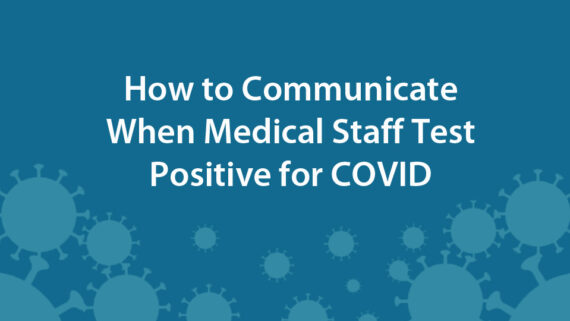
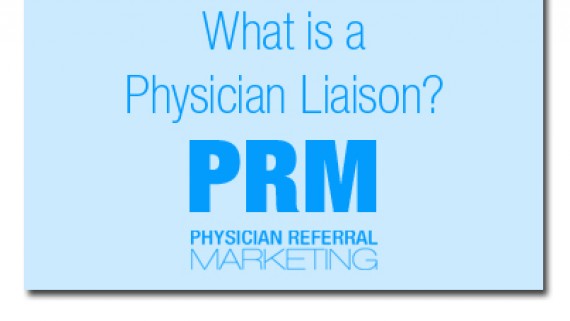
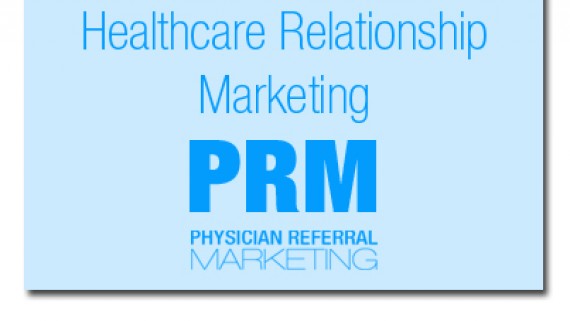
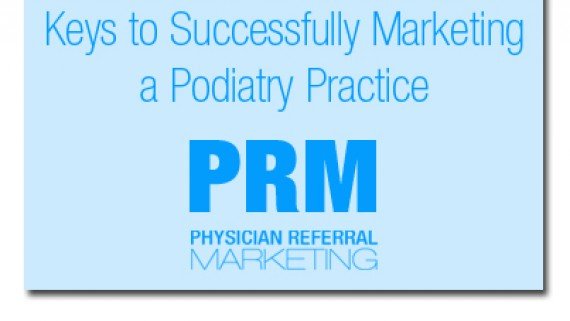

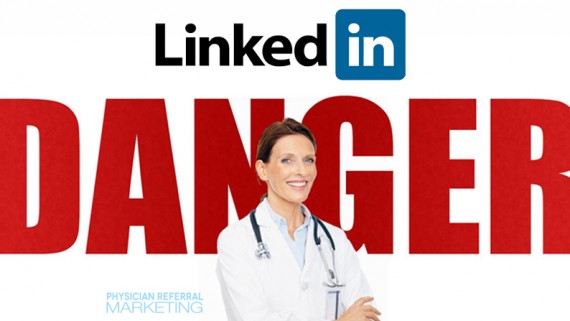
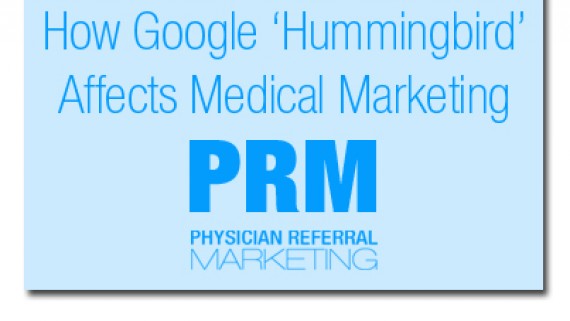

Comments
No comment yet.